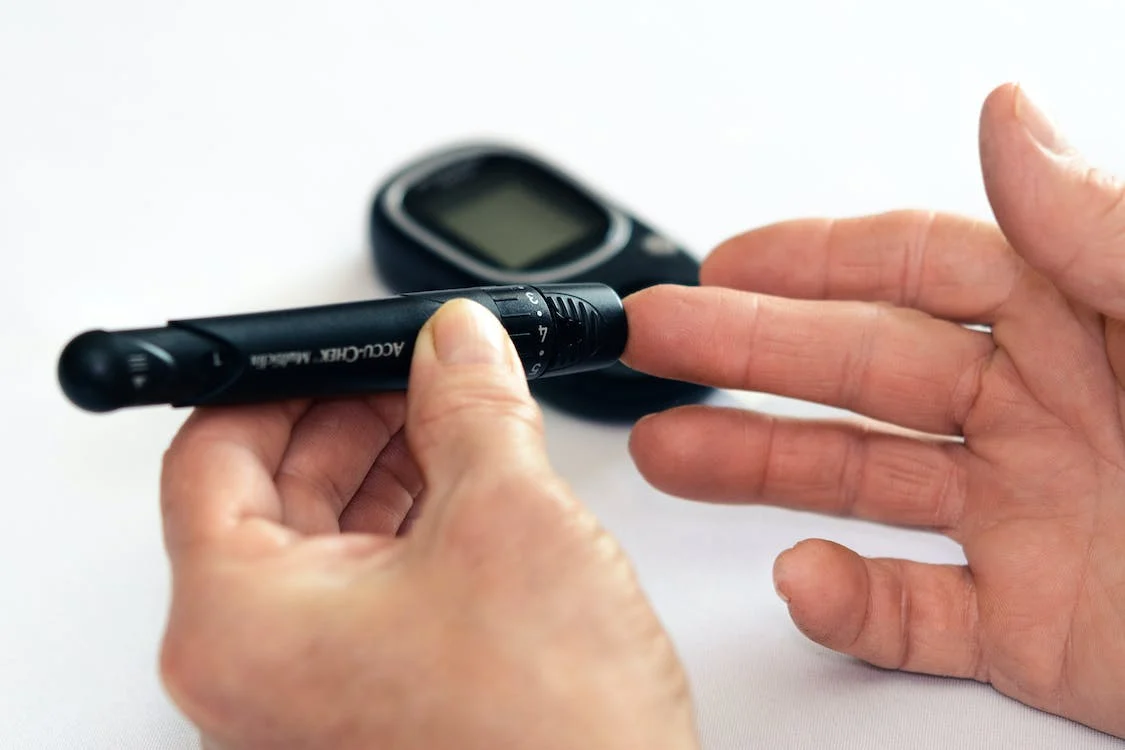Diabetes is a chronic (long-lasting) health condition that affects how your body turns food into energy.
Your body breaks down most of the food you eat into sugar (glucose) and releases it into your bloodstream. When your blood sugar goes up, it signals your pancreas to release insulin. Insulin acts as a key to letting the blood sugar into your body’s cells for use as energy.
With diabetes, your body doesn’t make enough insulin or can’t use it as well as it should. When there isn’t enough insulin or cells stop responding to insulin, too much blood sugar stays in your bloodstream. Over time, that can cause serious health problems, such as heart disease, vision loss, and kidney disease.
Now let’s look at the types of diabetes:
1. Type 1 diabetes
If you have type 1 diabetes, your body does not make insulin. Your immune system attacks and destroys the cells in your pancreas that make insulin. Type 1 diabetes is usually diagnosed in children and young adults, although it can appear at any age, people with type 1 diabetes need to take insulin every day to stay alive.
2. Type 2 diabetes
If you have type 2 diabetes, your body does not make or use insulin well. You can develop type 2 diabetes at any age, even during childhood. However, this type of diabetes occurs most often in middle-aged and older people. Type 2 is the most common type of diabetes.
3. Gestational diabetes
Gestational diabetes develops in some women when they are pregnant. Most of the time, this type of diabetes goes away after the baby is born. However, if you’ve had gestational diabetes, you have a greater chance of developing type 2 diabetes later in life. Sometimes diabetes diagnosed during pregnancy is actually type 2 diabetes.
4. Other types of diabetes
Less common types include monogenic diabetes, which is an inherited form of diabetes, and cystic fibrosis-related diabetes.
Over time, high blood glucose leads to problems such as
- heart disease
- stroke
- kidney disease
- eye problems
- dental disease
- nerve damage
- foot problems
Prevention
A person cannot prevent type 1 diabetes.
But there are several strategies that can help you manage your diabetes and maintain good health:
1.Follow a healthy diet: A healthy diet for people with diabetes includes a variety of vegetables, fruits, and whole grains, and limits foods high in saturated fat, salt, and added sugars.
2.Get regular physical activity: Regular physical activity can help you control your blood sugar levels and improve your overall health. Aim for at least 30 minutes of moderate-intensity activity, such as brisk walking, on most days of the week.
3.Take your medication as prescribed: It is important to take your medication as directed by your healthcare provider. This may include insulin injections or oral medications.
4.Monitor your blood sugar levels: Regular blood sugar monitoring can help you understand how your body responds to different foods, activities, and medications, and can help you make adjustments to your treatment plan as needed.
5.Seek support: Managing diabetes can be challenging at times. It can be helpful to seek support from friends, family, or a support group for people with diabetes. You may also benefit from working with a diabetes educator or a mental health professional.
6.Stay healthy: In addition to managing your diabetes, it is important to take steps to stay healthy overall. This includes getting regular medical check-ups, getting vaccinated, and quit smoking if you smoke.
